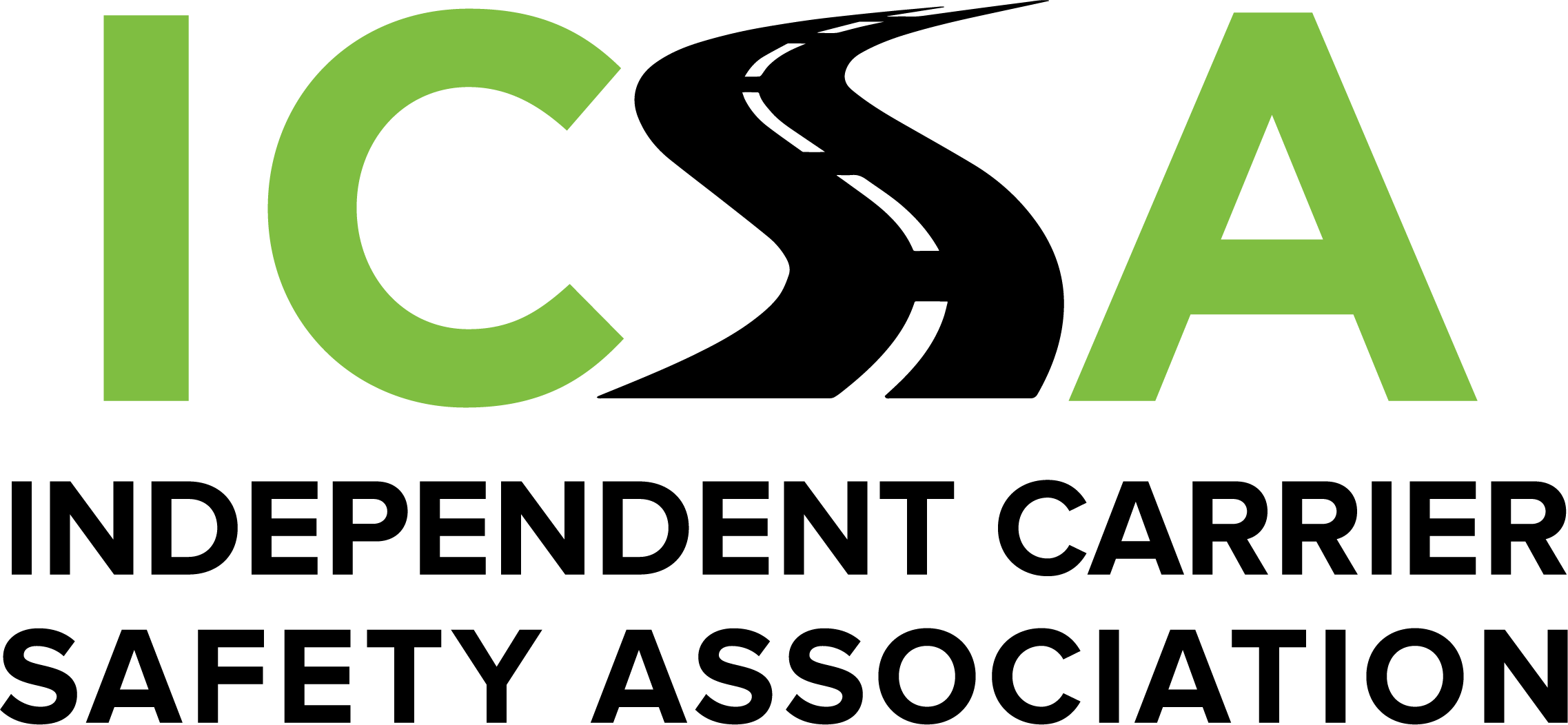This is the final installment of our three-part series explaining what to do at the scene of an accident – and how to save you and your company money on insurance claims at the same time. Even better, you will know you have done the right thing, for yourself and others involved. This is Step 3.
Need to be reminded of the first two steps right now? Here they are:
Step 1: Safety first.
- Set your brakes. Turn off your engine. Watch out for oncoming traffic.
- Note the time and location in writing. Turn on hazard flashers and set out warning flares or triangles.
- Do not move vehicles unless necessary for safety or towards the law officer.
- Do not move people who may be injured.
Step 2: Make these calls.
- Call 911 for Emergency Assistance.
- Call the toll-free Claims number immediately – 800/491-8421. They are the pros.
- Call the dispatcher for assistance from your company.
In Step 1 you made sure the accident scene was secured and all people involved were safe. In Step 2 you made critical calls for help.
Step 3: Take photos and document details.
Now in Step 3 you need to capture as much information as possible about the conditions at the time of the accident. Why? Because those conditions can change – quickly! That icy patch that caused the car to skid will melt. The picnic basket contents strewn across the interior of the car will have been cleaned up. The underage driver will have scooted over to the passenger seat. All this may happen before the insurance claims representative and your company’s Go- Team can arrive on the scene.
The best way to capture accident scene details is with photographs. Know how to use the disposable camera in your accident kit or the camera built into your cell phone. Most cameras have a time and date feature; make sure it is turned on. Start by photographing all four sides of the vehicles involved in the accident – your truck included. Include photos of the license plates.
Next, photograph anything distinctive about the accident scene… skid marks, debris, and traffic signs. Take shots so the positions of the vehicles are shown in context of the surroundings. Pretty soon law enforcement and tow trucks will be moving the disabled vehicles; capture those images now because conditions -- and memories of the event -- will change.
Not a good photographer? Don’t worry; plain, ordinary photos are best. Take your shots on the same level as the object being photographed, at least three feet away to frame the object. Then take another photo from the left and one from the right.
Do not photograph injured parties. Give them some privacy. But if the other driver or passengers are out, inspecting their vehicle, it’s okay to take their pictures. They may still have some injuries, but at least your photos will show they are up and about.
Of course, you will be exchanging information with other involved drivers – license, address, phone number, and insurance. If your company Go-Team has arrived, ask your safety professional or company attorney to handle the info exchange. They can do it without any comments from you which other parties may later claim was an admission of fault.
Meanwhile, you and your team should gather names and contact information of anyone else at the scene – bystanders, law officers, tow truck driver, and EMTs. Their recollections of the accident scene could be helpful to your attorney and insurance claims agent.
Accidents happen quickly and unexpectedly. There may be many involved parties and certainly unsettled nerves. Just remember the three steps you should take: 1) Be safe; 2) Make critical calls; and 3) Take photos and document details. Those steps will bring you the support you need and will help save money on insurance claims.
Read Part 1
Read Part 2

